Edison, much more than a bulb
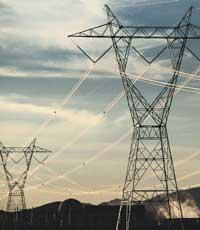
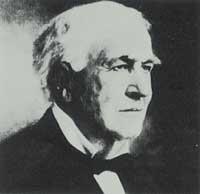
Thomas Edison spent very little time being a child at school. He studied at home with the help of his mother and his parents tried to encourage the discovery. At the age of 14 he began working in a telegraph office and, whenever he could, he alternated his research and experiments with work. When he moved his workplace to the telegraphy room of a train, he prepared a laboratory in a car.
It is then when he begins to develop a series of inventions to improve telegraphic systems. At that time he began to lose hearing, which did not affect his workflow. At age 30 he was a well-known and rich man. In 1876 he built his house and laboratory in Menlo Park and in 1887 opened in West Orange (New Jersey, USA) which would be the largest research laboratory in the world. He died in New Jersey on October 18, 1931.
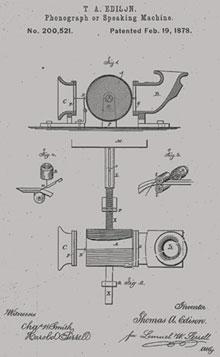
During the 84 years he lived through numerous improvements in his inventions and inventions. In his name there are about 1,100 patents in the United States, which in those years registered in other 34 countries. His imagination had no limits and after imagining an idea, he tried repeatedly until he managed to carry it out. By provoking a fire in the train laboratory, the elders wanted to put aside the experiments, but he preferred to leave the job and devote himself to the experiments. When the attempts did not give the expected result, he did not resign, and answered those who asked him for his mistakes, that he did not fail, to be able to discard it, finding ways that did not work and, therefore, to find the way that would work. The results seem correct.
Desire to facilitate life
In addition to creating new inventions, he carried out numerous essays to improve tools of that time, one of whose main objectives was to facilitate the lives of citizens. Proof of this are the contributions made to the railway machinery, typewriters and hardware. From practical knowledge he intended to obtain practical use devices. So he got fame and wealth, and liked him both. He made every effort to awaken and maintain attention to his inventions and was often surrounded by journalists.
Many inventions were a milestone for the development of current life. The best known is the incandescent lamp. The first did not invent him, but it was he who made him useful, giving solution to problems that many researchers could not solve. His main concern was not to burn the inner filament of the bulb, so for a long time he was looking for the right material and got in early 1879 that the bulb with cotton filament was lit for 45 hours. From there he improved and held the first public demonstration for the end of the year. In 1883 he built the first power plant to install electric light in everyday life.
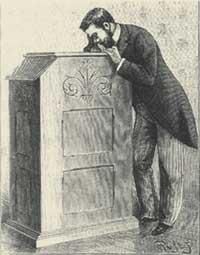
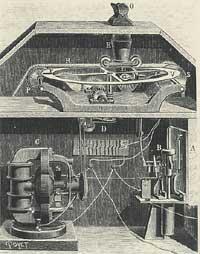
Among so many inventions, they have been considered “minor”, known and common to all in modern life, and many do not relate them to Edison. He invented a counter to measure electrical consumption, for example, when the use of electricity in households began to become generalized. Small, but very important at that time, it was the electric safety lamp of the miners, which allowed to discard the dangerous gas lamps.
But not all his inventions were successful. The first instrument he patented, like the electrographic voter logger, failed in his marketing attempt.
Many of Edison's inventions spread rapidly and other electricity-related researchers began to develop new ideas. Edison, however, did not like to be a rival. He developed a system of direct current to expand electricity, while Nicola Tesla bet on the alternating current. XIX. At the end of the twentieth century the confrontation arose between both systems, and Edison launched a campaign to give bad fame to the Tesla system. Finally, it was seen that the Tesla system was more effective and imposed.
However, this did not obscure the fame of Edison's discoveries and today remains admired. And it is that there is no more to look around to appreciate the measure left to the world.





